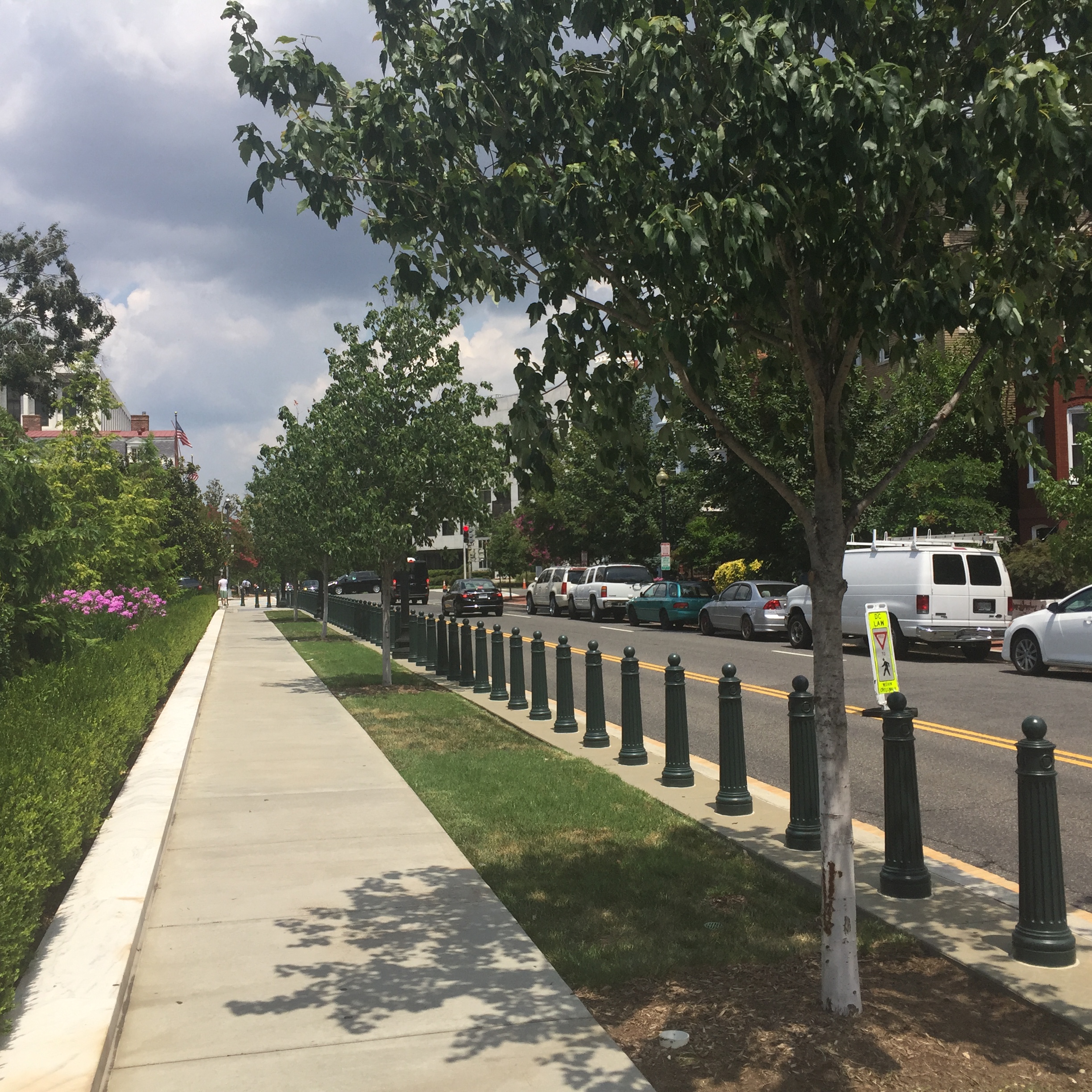Introduction
One can’t help but feel a sense of patriotic reverence, climbing the 136 steps to the monument’s main west entrance and looking out over the U.S. Capitol across First Street — a sensation no doubt intended by Cass Gilbert and William Taft, the building’s architect and chief lobbying advocate, respectively.
This is the U.S. Supreme Court and it’s served as home to the nation’s highest tribunal since 1935, officially receiving landmark status in 1987. Throughout its near-century existence, the neoclassical structure has undergone a number of upgrade, facelift, and modernization projects: including the 2013 landscaping improvement initiative on the building’s east side, where a dozen new trees were planted — each one on the way to healthy maturity thanks to the DeepRoot Silva Cell system.

The Law Works from Home
As the United States capital city bounced from New York to Philadelphia and Washington D.C. in the nation’s formative years, none of the three governmental branches felt particularly rooted in any single architectural home. But, by 1800, the White House and Capitol Building had been erected, serving as the federal seat of government for the executive and legislative branches — with the judicial branch left squatting.
Having performed its duties without any official gathering place until 1810, the court then moved into the original senate hall when a second chamber was built atop the previous one for the growing upper congressional house. And, in 1860, when the new wings of the Capitol Building were completed, the now-former senate chamber once again provided shelter as a hand-me-down headquarters for the Supreme Court.
For seventy-five years, this regifted space was residence to the highest court in the land. By the early twentieth century, many SCOTUS justices — uninterested in the “small, overheated, and barren” conditions of this Old Senate Chamber, as observed by Charles Evans Hughes — were avoiding the confines altogether, choosing instead to work from home.
The Marble Palace
William Howard Taft, former President and by 1921 the Chief Justice of the Supreme Court, was the primary proponent of building a structure specifically for the court. In addition to improving upon the poor working environment inside the Old Senate Chamber, Taft was determined to forge an independent image for the judicial branch of government, separated professionally and geographically from its congressional sibling.
Fortuitously for Taft, one of his closest friends was Cass Gilbert, an architect at one of the era’s most renowned firms: McKim, Mead and White. Though Taft would not see the building completed, dying in 1930 (two years before the laying of the first brick), his vision would come to fruition in 1935 when the four-story neoclassical “Marble Palace” was unveiled.
The total price tag came in just under the $9.7 million budget, though of course numerous upgrades and additions have been completed over the years — including a basketball court dubbed “the highest court in the land.” The exterior of the building likewise receives regular attention, including the east-side entrance where an updated streetscape was finished in 2013.


Modern Upgrades — and Silva Cells
Today the building is managed by the Architect of the Capitol, a federal agency that tasked Rhodeside & Harwell Inc. (RHI) with improving the 2nd Street façade with a venerative design worthy of the Supreme Court. Green infrastructure was incorporated into the plans from the beginning.
Twelve new trees were planted between Constitution Avenue and East Capitol Street, an urban forest receiving access to over 4,000 cubic feet of soil volume thanks to the Silva Cells installed under the sidewalk. These trees, showing promising growth during their decade lifespan, are providing a reverent green framework for the SCOTUS building’s east entrance. Project planners at RHI realized the benefits of the Silva Cells, which allow the trees the greatest opportunity for robust health while also serving as a suspended-pavement system for the ground-level walkways.
DeepRoot is proud to have played a small role in making the historic Supreme Court building the solemn, elegant heart of American justice that it is.









Leave Your Comment